America’s river towns tell stories of commerce, culture, and natural beauty that flow together like the waterways they border. While cities like New Orleans and San Antonio get plenty of attention for their riverfront charm, numerous smaller communities offer equally enchanting experiences without the crowds.
Here is a list of 16 underrated river towns across the United States that deserve a spot on your travel radar.
Paducah, Kentucky

Situated at the confluence of the Tennessee and Ohio Rivers, Paducah transformed its flood wall into one of America’s largest public murals, depicting the town’s rich river heritage across nearly 50 panels. The UNESCO-designated Creative City boasts a thriving arts district where former textile workers’ skills evolved into an internationally recognized quilting scene that draws fabric artists from around the world.
Historic brick buildings house galleries, craft breweries, and farm-to-table restaurants that blend contemporary tastes with Southern traditions. The twice-daily river lock system provides a fascinating glimpse into the engineering that still makes these waterways crucial transportation corridors.
Winona, Minnesota

Nestled between towering bluffs and the Mississippi River, Winona combines natural splendor with surprising cultural depth. The Minnesota Marine Art Museum houses an exceptional collection, including works by Monet, Picasso, and O’Keeffe, in an unassuming riverside building that most travelers zoom past on their way to more famous destinations.
Victorian mansions built by lumber barons line the historic district, telling the story of the town’s boom years when fortunes were made floating logs downriver. Eagle watching draws nature enthusiasts during winter months when hundreds of bald eagles congregate in the unfrozen sections of the river. The annual Frozen River Film Festival showcases environmental documentaries that connect visitors to global water issues while celebrating the Mississippi’s importance.
Like Travel Pug’s content? Follow us on MSN.
Natchitoches, Louisiana
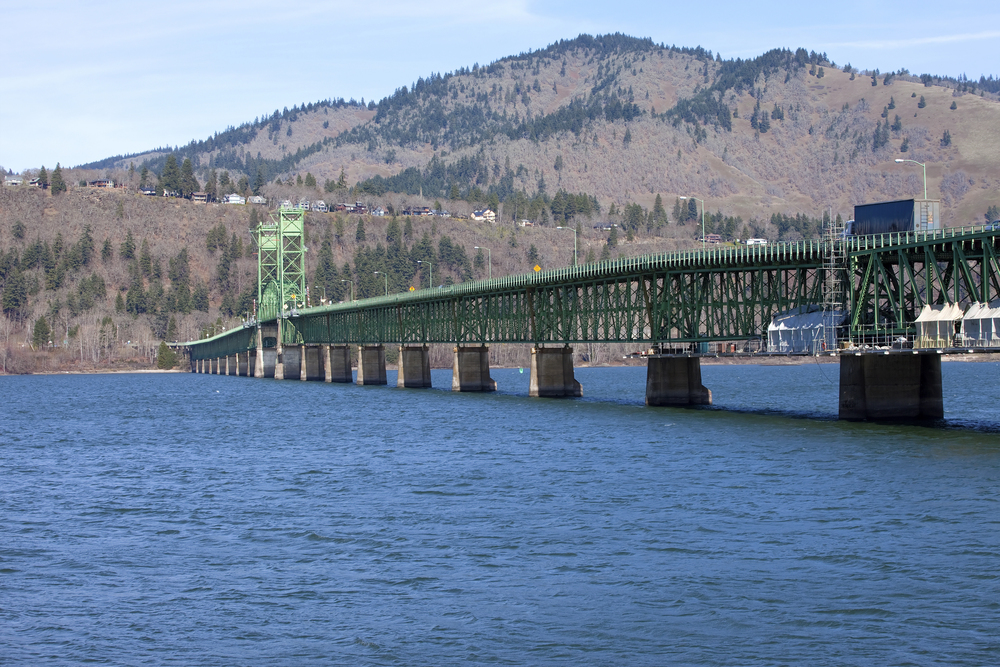
Founded in 1714, this charming town predates New Orleans yet remains largely undiscovered by tourists seeking Southern riverside ambiance. The brick-paved Front Street overlooks Cane River Lake, lined with wrought-iron balconies and historic buildings that showcase French Colonial architecture preserved better than in many more famous destinations.
Meat pies—the local specialty—offer a handheld taste of the region’s food culture, with nearly every restaurant featuring their version of the savory pastry. The setting for the film ‘Steel Magnolias’ appears largely unchanged since filming, with many scenes shot in locations visitors can still experience today. During December, the town’s famous Christmas festival illuminates the riverfront with over 300,000 lights reflecting off the water.
Hood River, Oregon
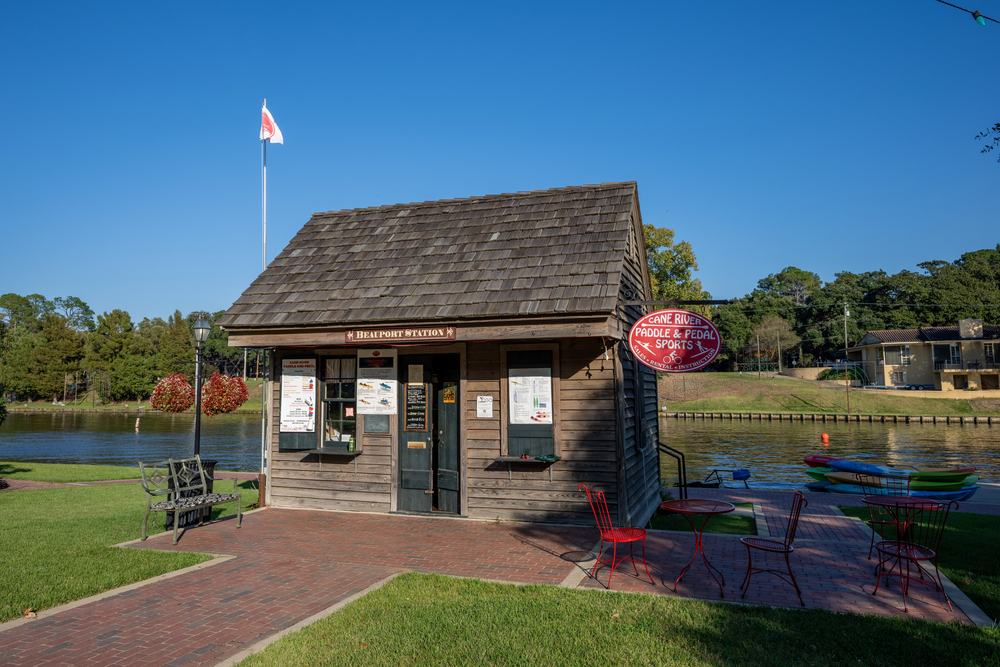
Where the Hood River meets the mighty Columbia, this former logging outpost has reinvented itself as a paradise for outdoor enthusiasts without losing its working-class roots. World-class windsurfing and kiteboarding conditions draw water sports enthusiasts who create a colorful spectacle against the dramatic gorge backdrop. The surrounding valley produces exceptional pears, apples, and cherries.
These fuel the town’s cideries, distilleries, and farm-to-table restaurants. Mount Hood looms in the distance, creating postcard-worthy views from nearly every street corner in this walkable downtown. The historic Columbia Gorge Hotel’s gardens cascade down the hillside toward the river, offering one of the most spectacular dining settings in the Pacific Northwest.
New Hope, Pennsylvania
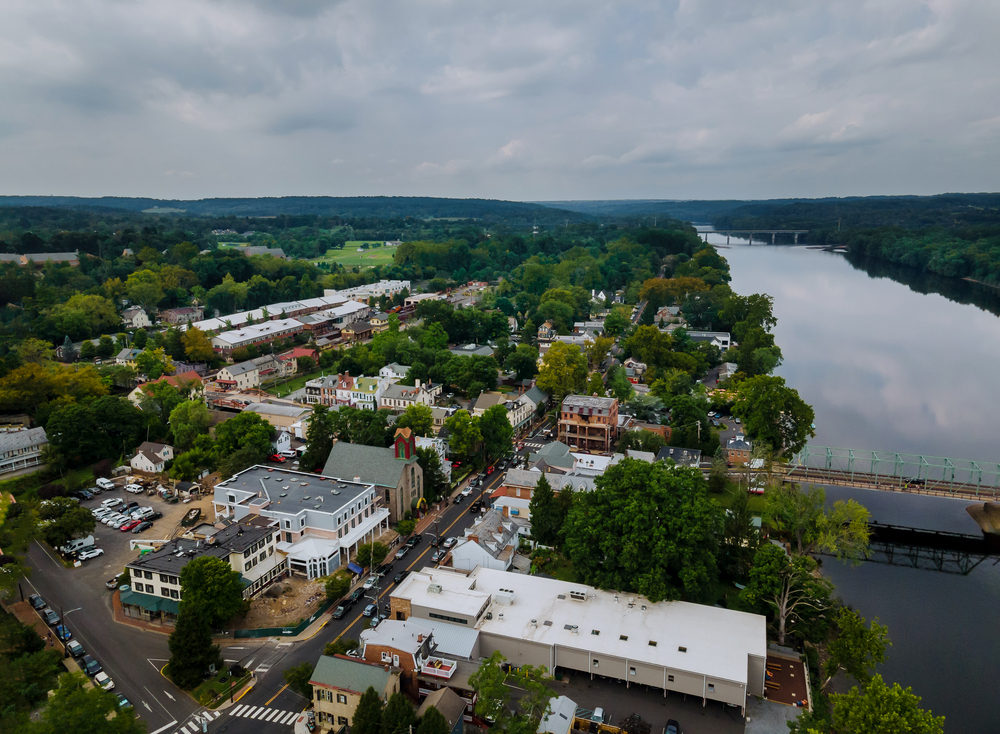
Straddling the Delaware River across from Lambertville, New Jersey, New Hope creates a natural weekend escape from nearby Philadelphia and New York City without feeling touristy or contrived. The former mill town’s industrial buildings now house art studios, theaters, and eclectic shops connected by footpaths and river walks that showcase the waterway’s beauty.
Artists and craftspeople have flocked here since the early 20th century, creating a legacy of creative energy that continues in galleries and the renowned Bucks County Playhouse. The surrounding countryside inspired Pennsylvania Impressionist painters whose landscapes captured the region’s bucolic charm. Mule-drawn canal boat rides offer a glimpse into the transportation network that once made this river corridor a crucial commercial route.
Like Travel Pug’s content? Follow us on MSN.
Stillwater, Minnesota
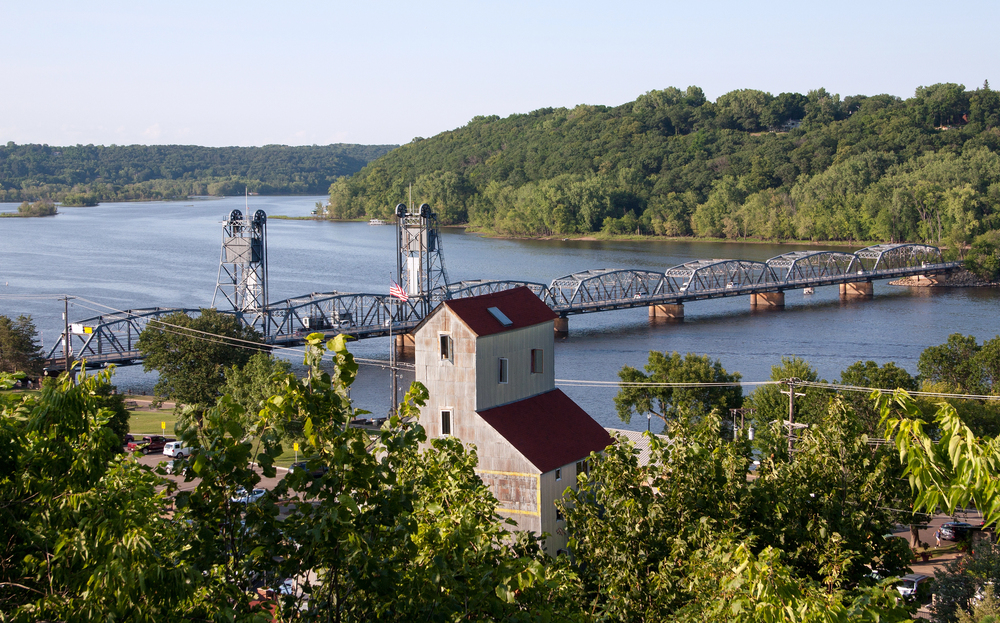
The birthplace of Minnesota sits peacefully along the St. Croix River, which forms a natural border with Wisconsin while providing a playground for kayakers and historic paddle wheelers. Victorian mansions built during the logging boom now serve as charming bed-and-breakfasts with river views and walking access to the lively main street lined with independent bookstores, antique shops, and chef-driven restaurants.
The lift bridge connecting Minnesota and Wisconsin becomes a pedestrian-only crossing when raised for boat traffic, creating an impromptu community gathering space. Winter transforms the river into a playground, with ice fishing villages popping up seemingly overnight, forming temporary communities atop the frozen water.
Augusta, Missouri
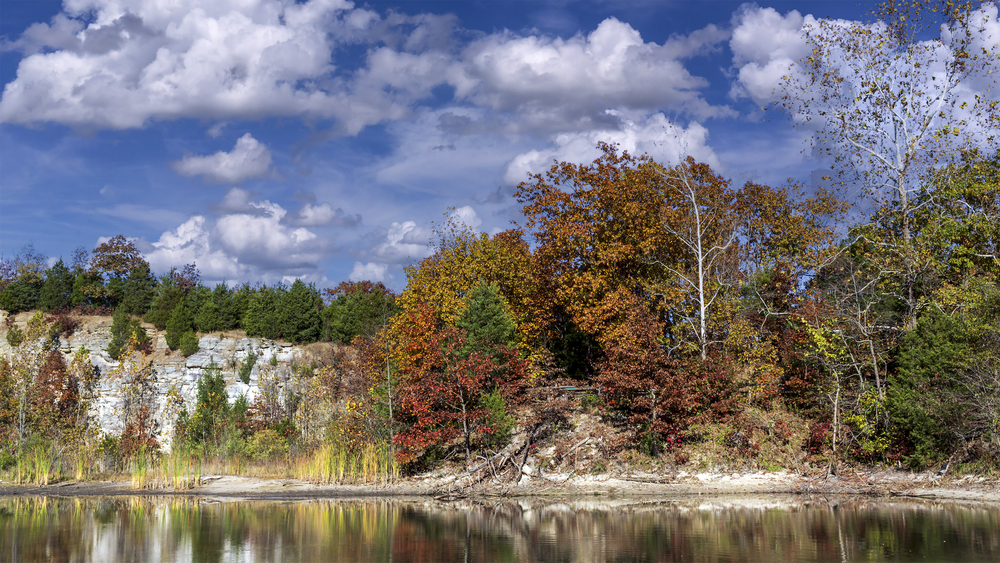
Perched on bluffs overlooking the Missouri River, this tiny town became America’s first federally designated wine region (AVA) in 1980, predating Napa Valley’s official recognition. German immigrants planted vineyards on south-facing slopes in the 1800s, recognizing terrain remarkably similar to their homeland’s Rhine Valley.
The Katy Trail—a converted railroad line now serving as a state park—brings cyclists directly through town, making Augusta accessible by muscle power from St. Louis. Bed-and-breakfasts occupy historic homes with sprawling porches ideally situated for river watching while sipping local vintages. The rural character remains largely unchanged from a century ago, with working farms surrounding the small downtown core.
Apalachicola, Florida
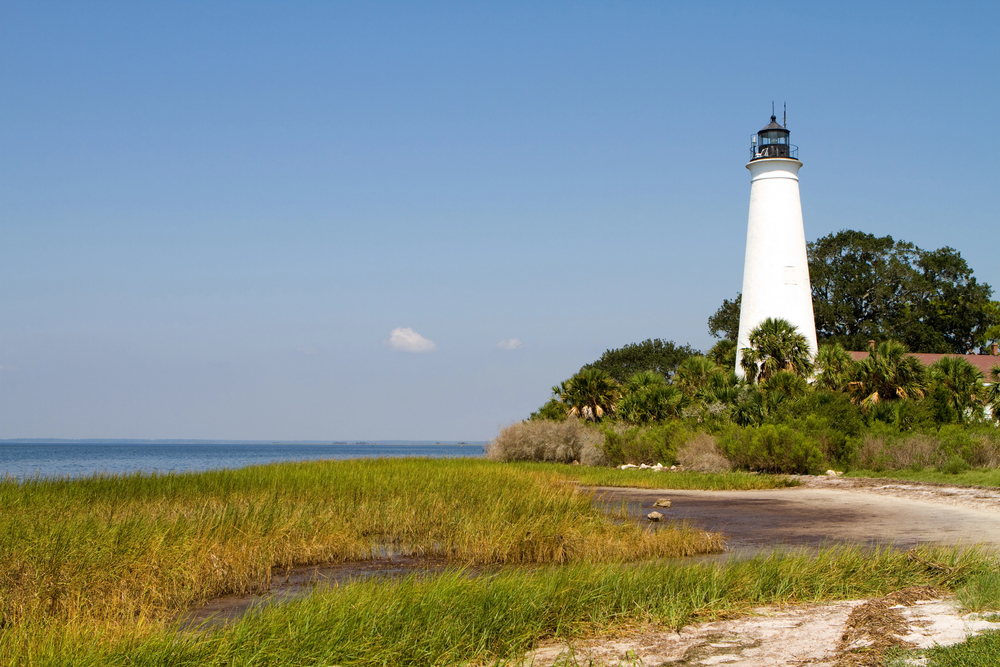
This working fishing village at the mouth of the Apalachicola River supplies nearly 90% of Florida’s oysters and 10% nationwide, though most Americans couldn’t place it on a map. Victorian homes built by shipping magnates line the compact downtown where seafood markets sell the day’s catch directly from boats visible through the back door.
The Gibson Inn’s wrap-around porch offers the perfect perch for watching shrimp boats return while pelicans glide along the water’s surface. Scientists treasure the river basin as one of North America’s most biodiverse hotspots, home to rare and endangered species found nowhere else. The oyster shells that pile up behind restaurants tell the story of this town’s economy and ecology better than any museum exhibit could.
Like Travel Pug’s content? Follow us on MSN.
Livingston, Montana
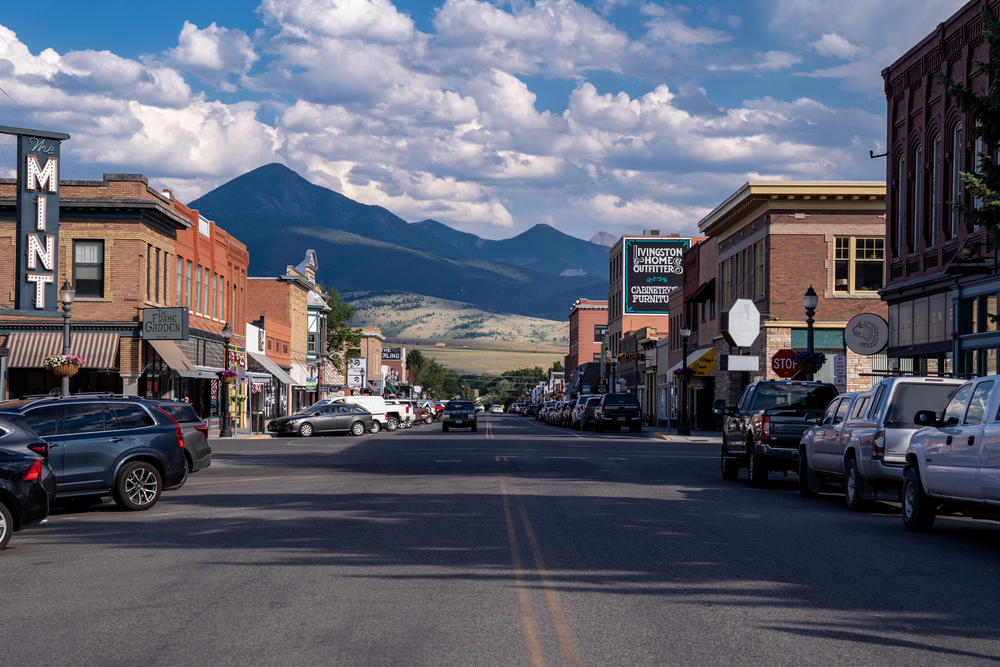
The Yellowstone River flows untamed past this authentic Western town where ranchers and writers share main street space with artists and fishing guides. Literary luminaries, including Tom McGuane and Jim Harrison, made this former railroad hub their home, drawn by the legendary trout fishing and mountainous beauty visible from downtown. Historic brick buildings house fly shops, art galleries, and saloons where conversations naturally turn to river conditions and fish tales.
The Livingston Depot—a restored 1902 Northern Pacific Railway station—now houses a museum celebrating the town’s importance as the original gateway to Yellowstone National Park. The annual Livingston Roundup Rodeo brings cowboy culture front and center every Independence Day, showcasing skills still relevant on surrounding working ranches.
Cape Girardeau, Missouri
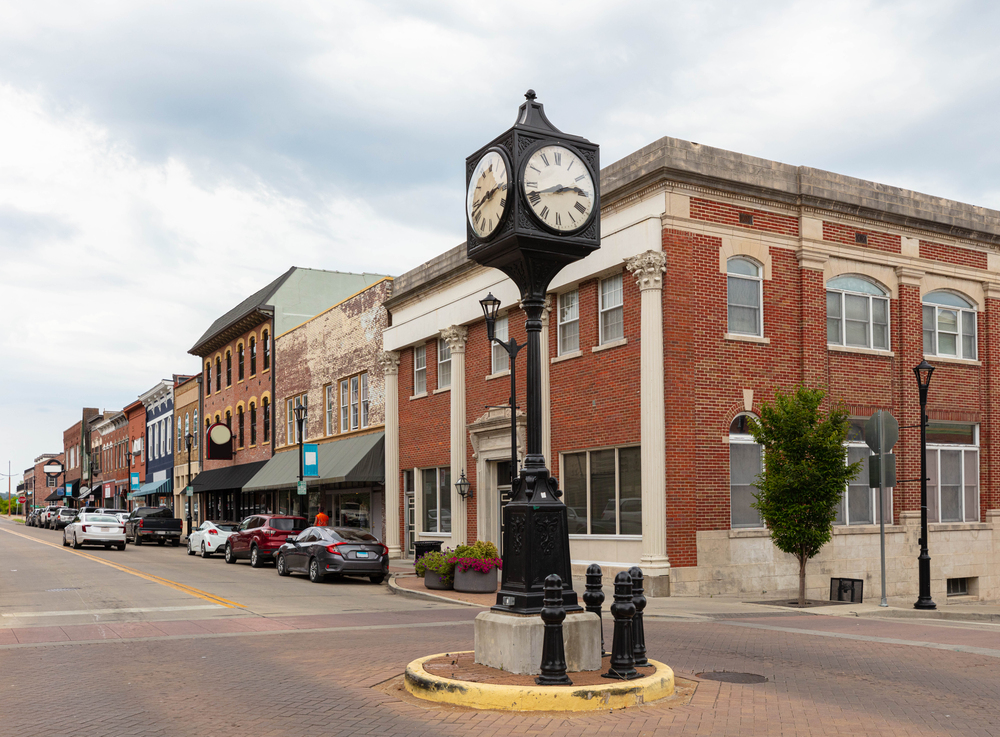
Mark Twain described this Mississippi River town in his writings, though it doesn’t receive the tourist attention of other places mentioned in his works. The historic downtown district runs parallel to the river, where massive floodgates stand ready to protect the community during high water events—a testament to living with rather than against the mighty Mississippi.
A beautifully restored carousel housed in a riverfront pavilion provides nostalgic entertainment while offering views of passing barges and riverboats. Rush hour looks different here as bald eagles commute along the river corridor during winter months when open water becomes scarce farther north. Southern Illinois University operates a riverside campus that brings youthful energy to the historic downtown, creating a vibrant blend of preservation and progress.
Fairbanks, Alaska
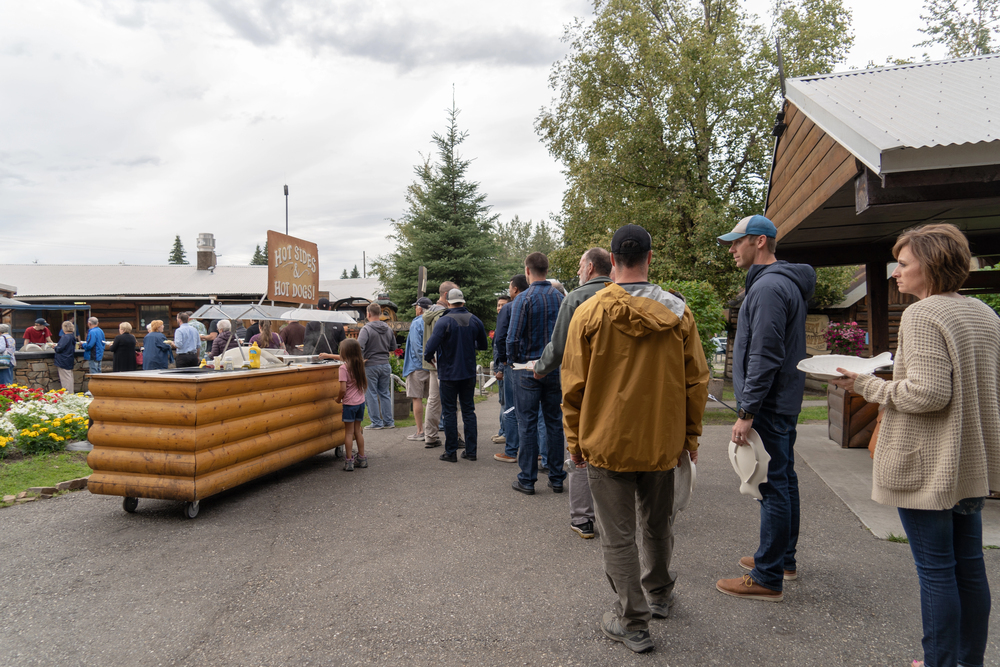
The mighty Yukon River system brings surprising accessibility to this interior Alaska community where riverboats continue a transportation tradition dating back centuries before roads existed. Winter transforms the Chena River running through downtown into an ice highway and recreation corridor where locals fish through wells and occasionally commute by ski or fat-tire bike.
The Riverboat Discovery tour operates on genuine stern-wheelers that demonstrate historic river travel while visiting a recreated Athabascan fish camp that showcases indigenous connections to these waterways. Gold mining history comes alive at riverside sites where modern dredges continue extracting precious metals using methods evolved from the original stampede techniques. Northern lights often dance above the river during winter months, reflecting off the frozen surface to create double the visual spectacle.
Like Travel Pug’s content? Follow us on MSN.
Aberdeen, Washington

Located where the Chehalis and Wishkah Rivers meet before flowing into Grays Harbor, this working-class town gained fame as Kurt Cobain’s birthplace but offers much more than music history. The Lady Washington—the state’s official tall ship—docks here between voyages, offering tours and occasional sailing experiences in the same waters once crowded with lumber schooners.
Historic homes built by timber barons stand alongside modest workers’ cottages, telling the complete story of the boom-and-bust cycles that defined the Pacific Northwest industry. The former electric railway bridge now serves as a pedestrian crossing with interpretive signs explaining the massive log jams that once clogged these waterways during timber transport. Razor clam digging draws visitors to nearby beaches during approved seasons, continuing traditions practiced by Indigenous people for countless generations before European settlement.
Elkader, Iowa
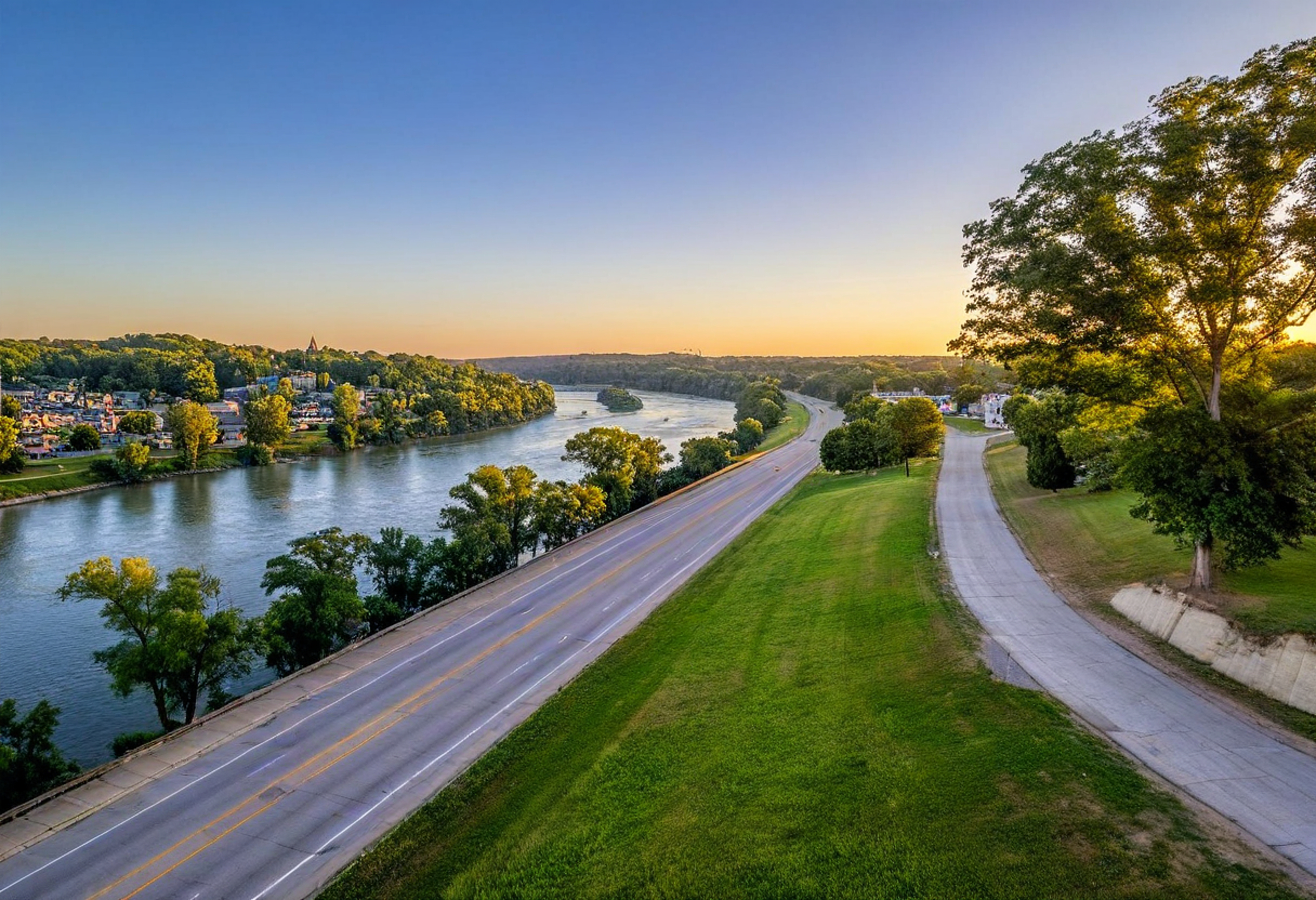
Named after an Algerian freedom fighter in a rare example of Muslim heritage recognition in 19th-century America, this charming town straddles the Turkey River in northeast Iowa’s driftless region. The keystone bridge—one of the finest examples of limestone arch construction in the Midwest—spans the river that once powered flour mills crucial to the region’s economy.
German, Norwegian, and Irish immigrants established diverse cultural traditions still evident in local festivals, architecture, and food offerings along the main street. The opera house hosts community theater productions and concerts in a beautifully restored setting that connects current residents with their cultural heritage. During heavy rainfall, the town’s relationship with its river becomes more complicated as residents monitor water levels with the expertise that comes from generations of riverside living.
St. Marys, Georgia
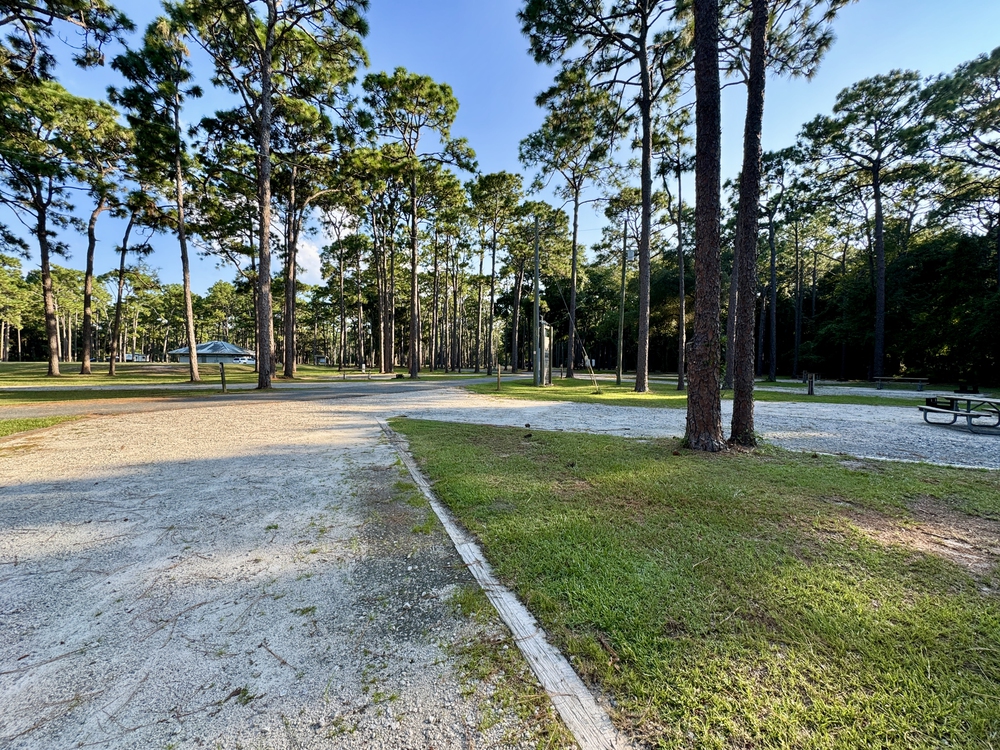
The southernmost town on the St. Marys River forms part of Georgia’s border with Florida while providing the embarkation point for Cumberland Island National Seashore visitors. Live oaks draped with Spanish moss create natural canopies over streets leading toward the riverfront, where shrimp boats dock alongside the National Park Service ferry.
The submarine museum honors the naval base located across the river, displaying artifacts and memories from the silent service that operated beneath the nearby Atlantic waters. Kayakers paddle past downtown to spot manatees that frequent these protected waters during warmer months. The annual Christmas boat parade transforms the river into a floating light display as decorated vessels process past the historic waterfront district.
Like Travel Pug’s content? Follow us on MSN.
Port Townsend, Washington
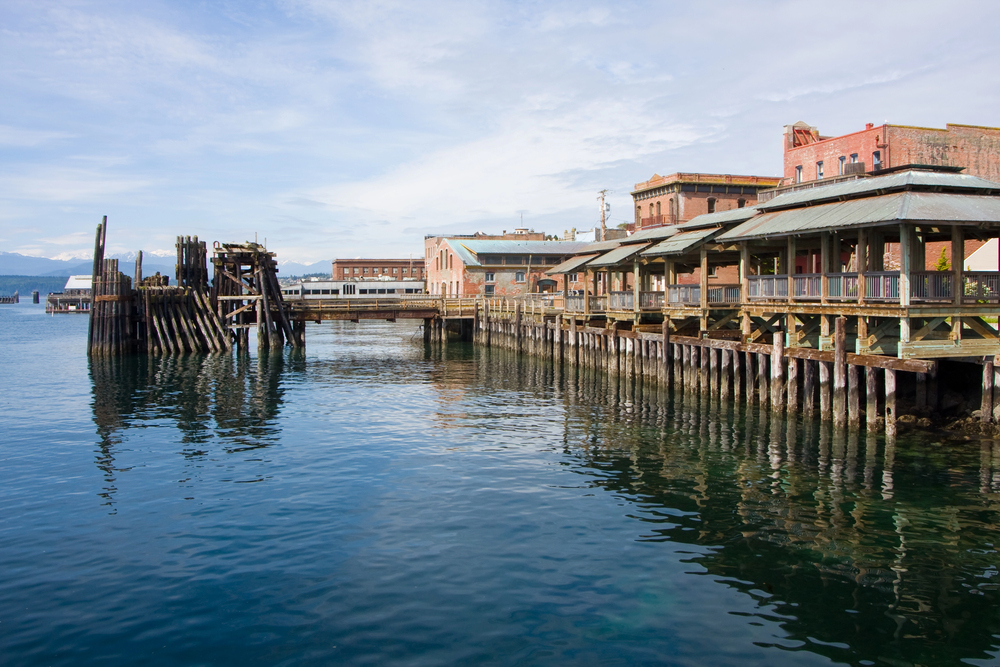
Located where the Strait of Juan de Fuca meets Puget Sound, this Victorian seaport was once predicted to become the “New York of the West” before the railroad bypassed it. The maritime heritage continues with the renowned Wooden Boat Festival that draws traditional vessels and their enthusiasts from around the world to the historic waterfront each September.
Nineteenth-century buildings preserved during decades of economic dormancy now house art galleries, farm-to-table restaurants, and independent bookstores that cater to a community of artists and retirees. The Northwest Maritime Center offers sailing lessons and boat-building classes that maintain traditional skills while providing economic opportunities connected to the town’s waterfront identity. Fort Worden State Park—a former military installation—provides access to beaches and forested trails with panoramic views of shipping traffic passing through this crucial maritime corridor.
Hannibal, Missouri

Despite being Mark Twain’s childhood home, this Mississippi River town offers experiences beyond the expected literary tourism. The recently expanded riverfront promenade provides front-row viewing of working river traffic that continues patterns established centuries ago when the town served as a crucial steamboat port. Limestone caves that inspired scenes in Twain’s novels offer natural air conditioning during summer months, maintaining a consistent 52 degrees regardless of outside temperatures.
The Hannibal Arts Council operates multiple galleries showcasing contemporary artists, continuing the tradition of finding inspiration along the Mississippi’s shores. Lighthouses, once crucial for river navigation, now provide historic landmarks that help visitors understand the challenges of traversing America’s watery interior highway before modern technology.
The River Town Renaissance

These underrated river communities represent more than just picturesque destinations—they showcase America’s evolving relationship with the waterways that shaped our nation’s development. From working harbors to arts havens, these towns demonstrate how rivers continue connecting us to history, commerce, and natural beauty.
Their smaller scale offers authentic experiences increasingly rare in more trafficked tourist destinations while supporting local economies that value preservation alongside progress. Each visit contributes to maintaining the unique character that makes these river towns worth discovering.
Like Travel Pug’s content? Follow us on MSN.
More from Travel Pug

- Cities Growing so Fast You Won’t Recognize Them in 10 Years
- 13 Destinations Where Tourists Regularly Regret Their Trip
- 16 U.S. Cities That Are Quietly Becoming Travel Hotspots
- Where to Travel If You Love Long Bus Rides and Daydreams
- 20 Cities Perfect for Solo Travelers Who Crave Adventure & Culture
Like Travel Pug’s content? Follow us on MSN.
